Countertop Wood Options
NOLA Boards
Explore Our Exquisite Wood Options
NOLA Boards uses only environmentally responsible and renewable woods in making our products. Here is a listing of our most popular types of woods. Do you have questions about the differences in wood grains? Visit our
wood grains page to learn more or
visit us today.
Black Walnut Wood
Prized for its distinctive rich and robust color, black walnut is commonly used in furniture building. It is grown throughout the eastern and central United States.
- Appearance: Light to dark chocolate brown. Often the wood has a grey, purple, or reddish cast. Creamy yellow sapwood is a common feature as well. Usually has a straight, dense grain, though irregularities are not uncommon.
- Aging Qualities: Becomes grayer and more yellow with age, but only moderately.
- Other Qualities: Strong, hard, and durable.
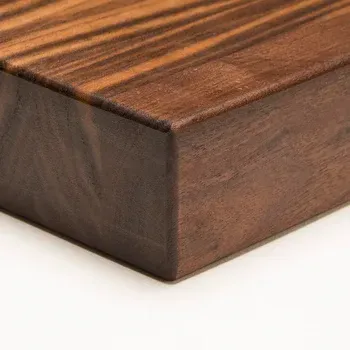
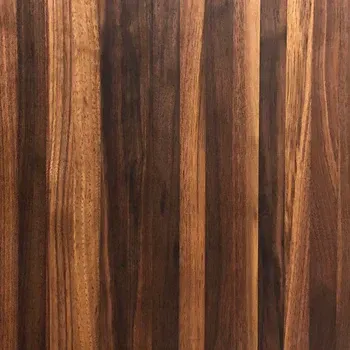
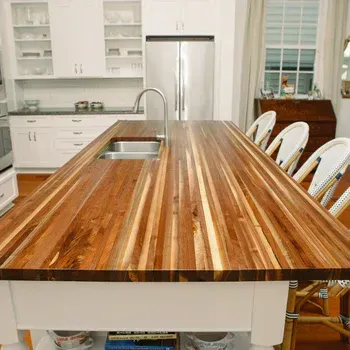
Cherry Wood
Cherry is one of the most highly valued furniture building woods due to its strength, beautiful color, easy workability, and the incredibly smooth and glossy finish that it displays when properly sanded. It is grown in the eastern United States, mostly in northern and lake states.
- Appearance: Light pink to reddish brown with straight, uniform, fine grain.
- Aging Qualities: Darkens significantly with age.
- Other Qualities: Highly shock resistant.
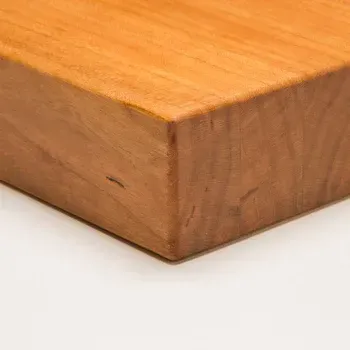

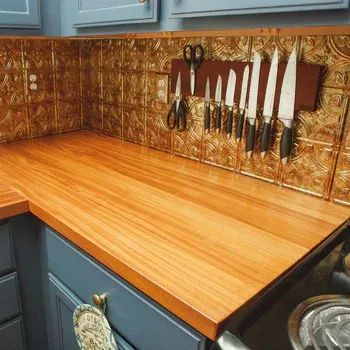
Maple Wood
Maple is valued by furniture builders for its workability, consistency, hardness, and easy to paint surface. It is grown all over the United States, but primarily throughout the eastern states.
- Appearance: Almost white to light grey with a faint yellow hue. Sometimes features grey, fine, uniform grain.
- Aging Qualities: Darkens a little with age.
- Other Qualities: Medium shock resistance.
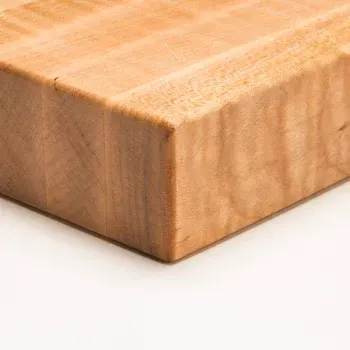
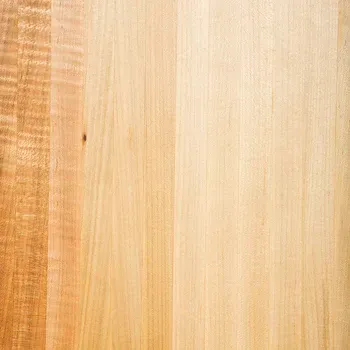

Sapele Wood
Sapele is a beautiful hardwood that is often compared to (and even marketed as) mahogany due to its rich reddish-brown color and denseness. It is grown in tropical regions of West Africa.
- Appearance: Textured reddish-brown grain with golden hues. Interlocked grain with a fine uniform texture and a nice natural luster.
- Aging Qualities: Color will darken with age.
- Other Qualities: Very dense and rot-resistant.
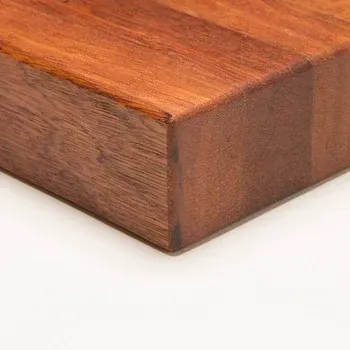
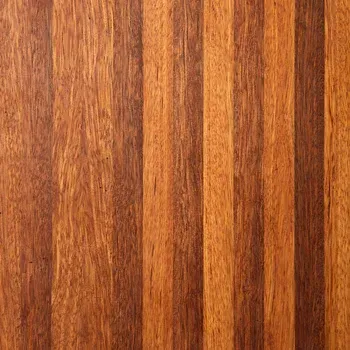

White Oak
The most widely used hardwood in the United States, white oak is grown primarily in the eastern United States.
- Appearance: Creamy white to medium brown heart and sapwood. The heartwood often exhibits an olive-colored cast. Has an exceptionally straight and uniform grain.
- Aging Qualities: Does not darken much with age.
- Other Qualities: Nearly impervious to liquids and highly rot-resistant, white oak has been extensively used for ship timbers, barrels, and casks.
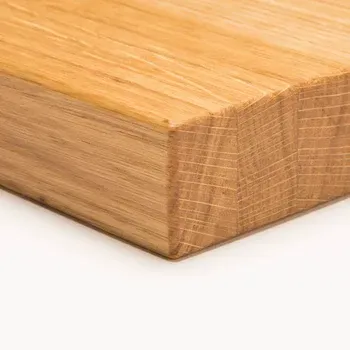
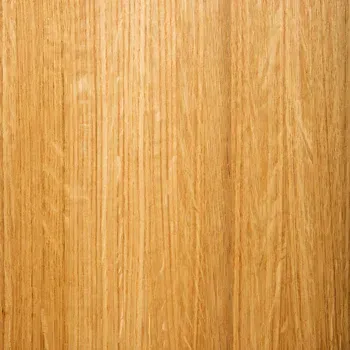
Learn More About NOLA Boards
Located in New Orleans, LA, NOLA Boards specializes in custom-made wood cutting boards, countertops, and kitchen utensils. Handcrafted wood products. Free gift wrapping. Over 25 years of experience. Visit us today.

Share On: